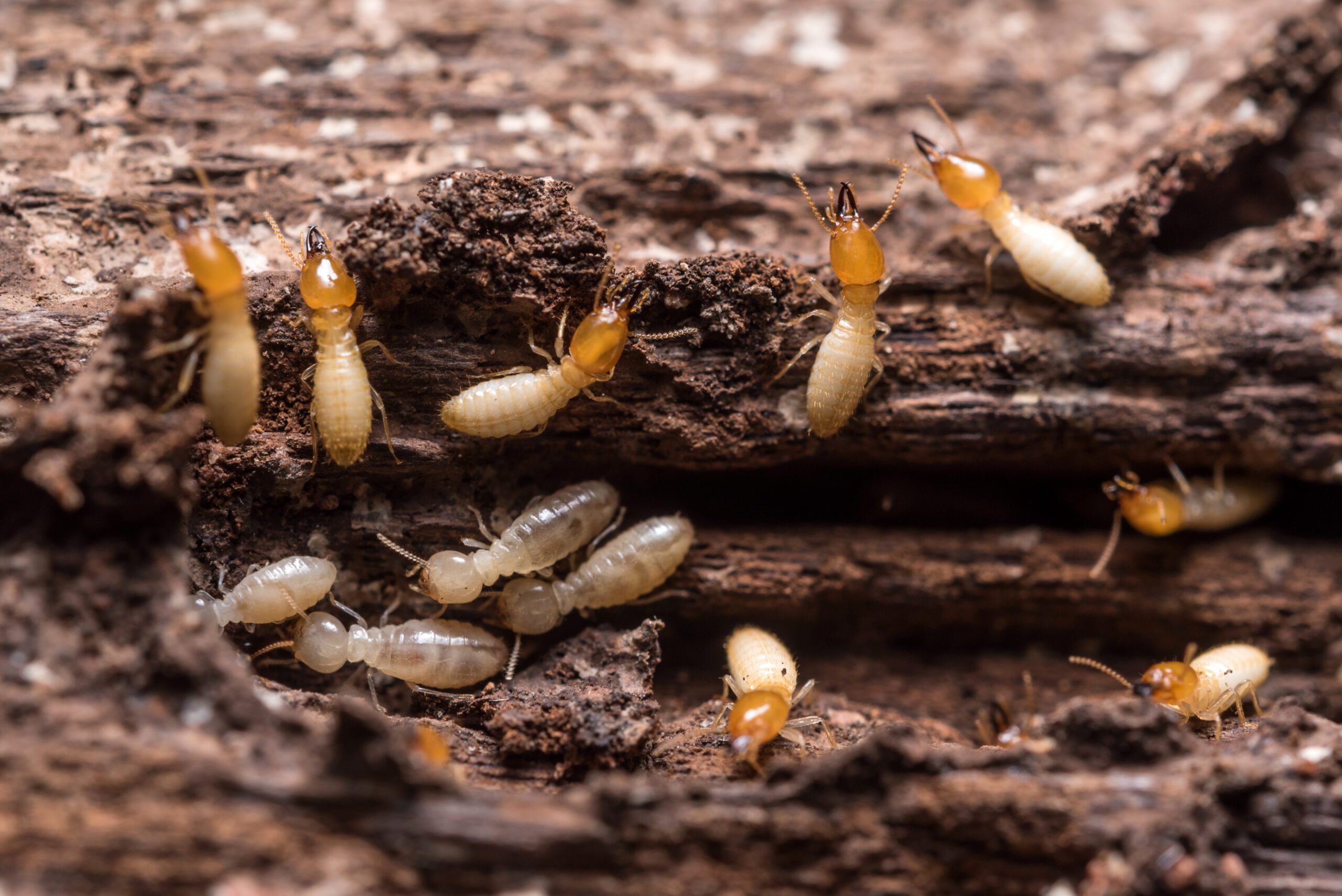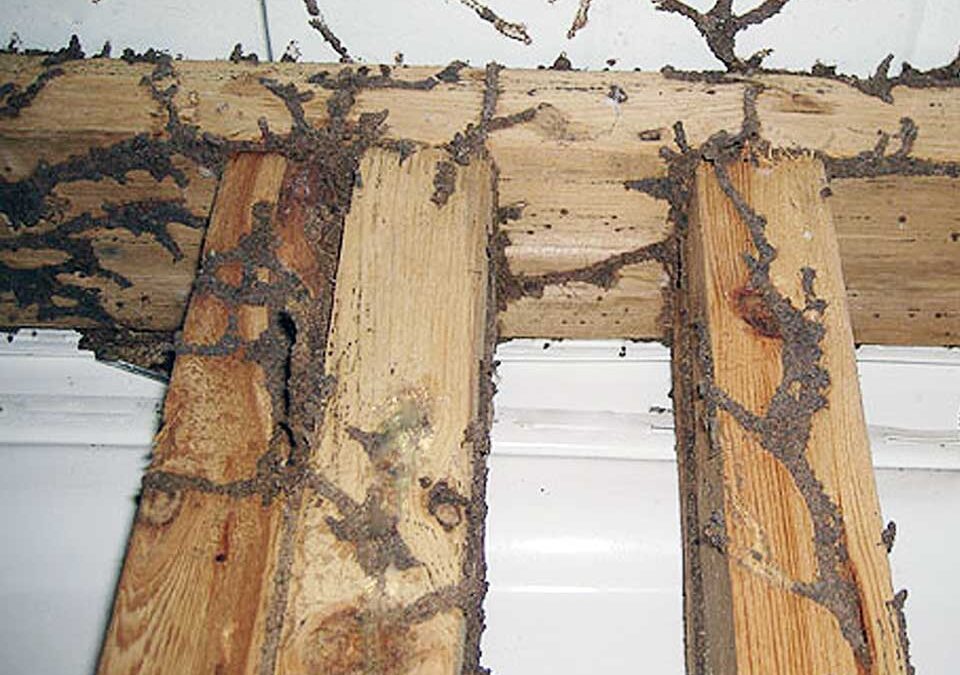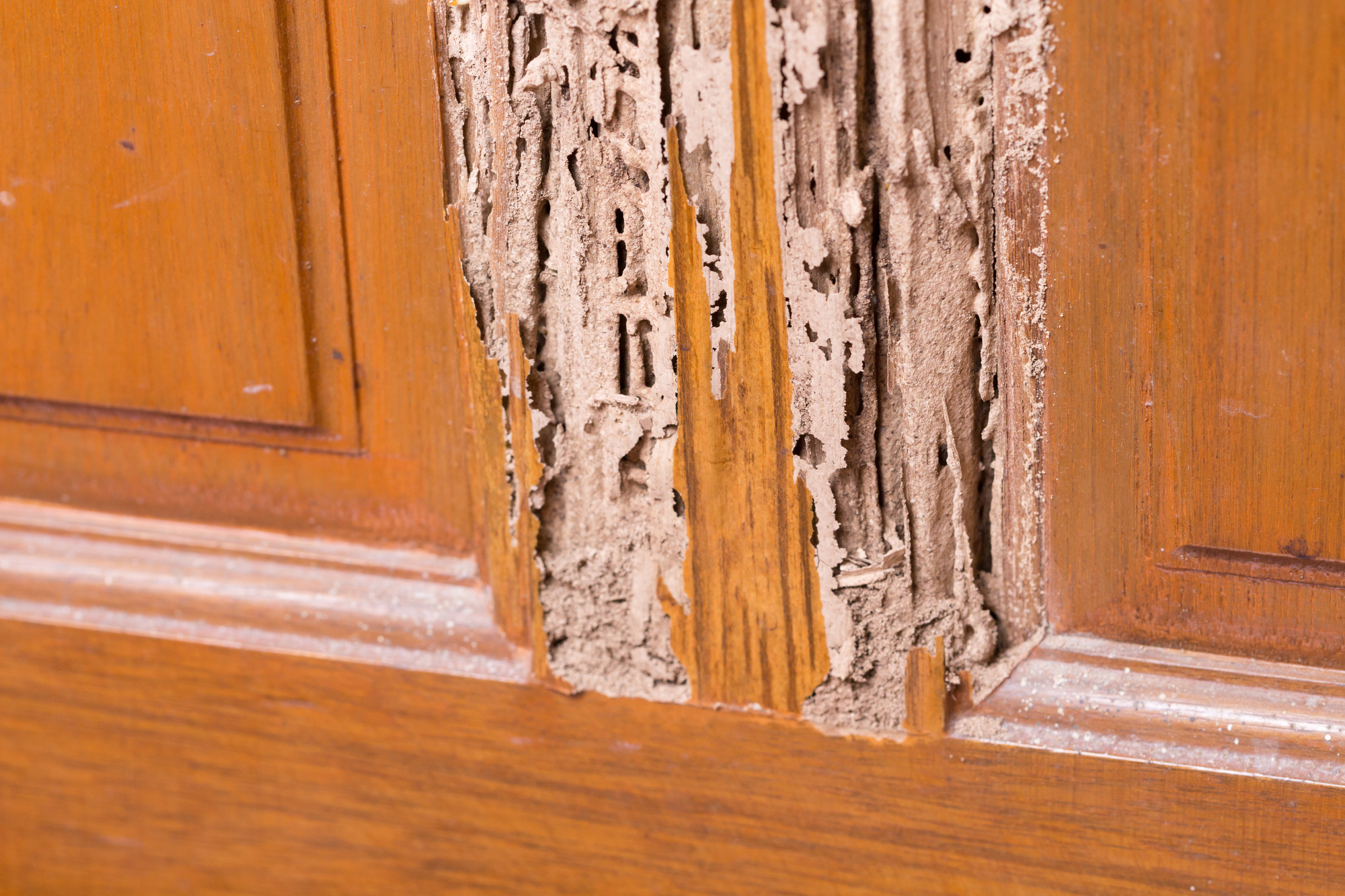Termite Treatments in Florida:
Exterminator Services for Bradenton, Parrish, and Palmetto
Florida’s warm, humid climate that appeals to residents and visitors also provides ideal conditions for termites to thrive year-round. These wood-consuming pests can infiltrate both older buildings and newer constructions, feeding unseen on supportive beams, furniture, and more. Whether you live in Bradenton, manage a property in Parrish, or operate a commercial space in Palmetto, recognizing the risk termites pose is critical to keeping your investment safe. If you notice mud tubes along the foundation or suspicious damage to wood, it’s time to seek professional termite treatments. This service page examines why termites flourish in Florida, the telltale signals of an infestation, and how engaging an experienced exterminator can protect your structure from these invasive insects. By intervening early, property owners minimize both stress and the extent of repair costs that unchecked termite colonies generate.
Why Termites Flourish in Florida

- Mild Winters and Year-Round Warmth
In places with harsh winters, the cold stifles termite activity for months, limiting their breeding. In Florida, however, winters stay mild, allowing termites to forage and reproduce practically all year long. Even brief cold spells usually lack the sustained freezing that can slow termites, so populations remain active across seasons. - Frequent Rainfall and High Humidity
Many termite species need moisture to maintain optimal environments for their colonies. In Florida, the combination of routine rains and high humidity ensures a steady supply of damp soil or humid crevices. Subterranean termites, for instance, create mud tubes in moist ground around building foundations, while dampwood termites favor rotting or water-damaged wood. - Abundant Wood Materials
From wooden beams and siding to decorative trim, Florida’s architectural variety often includes wood components. When these wooden areas come into contact with soil or lack protective barriers, they can attract termites. Even small cracks in the foundation or minimal clearance between soil and wood can create a route for termite entry. - Minimal Seasonal Dormancy
While termites in cooler climates might be forced into dormancy, Florida’s insects usually face minimal slowdowns. Colonies can expand rapidly if they discover ample food and no active prevention or treatment measures. A single unnoticed swarm can establish a thriving nest behind walls or under floors over just a few months. - Urban and Suburban Development
As areas like Bradenton, Parrish, and Palmetto grow, new construction disturbs termite habitats, potentially pushing colonies closer to existing structures. Meanwhile, older homes might have weathered or damaged wood, insufficient crawl space ventilation, or direct earth-to-wood contact in landscaping—perfect conditions for persistent termite issues.
Common Termite Species in Florida
- Subterranean Termites
The most prevalent and destructive, subterranean termites form expansive underground colonies and move to wood sources through mud tubes. They consume wood from the inside out, leaving only a thin surface that can make detection hard until substantial harm occurs. Look for tubes along foundations or basement walls—often the earliest visible sign. - Formosan Termites
A more aggressive subterranean variety, Formosan termites can rapidly expand huge colonies, devouring wood at a faster rate than typical subterranean types. They may build carton nests in walls or attics, accelerating property damage if undetected. - Drywood Termites
Unlike subterranean termites, drywood types do not need soil contact. They inhabit and feed directly within dry wood, such as attic beams, furniture, or windowsills. Their droppings (frass), tiny wood-like pellets, often accumulate in small piles beneath infested wood, aiding identification. - Dampwood Termites
Less common in well-maintained structures, dampwood termites favor decaying or water-saturated wood. If a property has a long-standing leak or persistent moisture problem, dampwood termites may appear, though they rarely infest large structural elements unless conditions remain very wet.
Signs of a Termite Infestation
- Discarded Wings
When termite swarmers (reproductives) find a new location, they shed their wings. Piles of translucent wings on windowsills, near vents, or around door frames can be an early indicator that a new colony is attempting to establish. - Mud Tubes or Tunnels
Subterranean termites build thin, hollow soil tubes on foundations, walls, or within crawl spaces to preserve moisture while traveling from their underground nests to wooden feeding sites. Pencil-thick tubes are a strong sign of active termite traffic. - Frass (Droppings)
Drywood termites expel six-sided pellets resembling tiny grains of sand or sawdust. Piling up around windowsills, baseboards, or under furniture, these droppings confirm termite presence within or near that zone. - Hollow-Sounding Wood
Tapping on suspicious beams or floors that yield a hollow echo indicates potential internal termite damage. As termites chew the interior wood, the structure remains outwardly intact but loses stability inside. - Swarming
Spotting winged termites flying near light sources or emerging from foundation cracks—particularly on warm or humid days—suggests a mature colony. Take immediate steps if you see them forming swarms indoors.
Why Timely Termite Treatments Are Crucial
- Prevent Structural Damage
Termites slowly but steadily degrade wood from within, risking floor collapses, weakening support beams, or undermining attic rafters. Early detection and treatment limit the scope of repairs needed for safe occupancy. - Avoid Escalating Costs
A small, localized colony might need spot treatments or partial fumigation, while widespread damage demands more exhaustive measures. Handling termite issues swiftly spares owners the expense and effort of extensive reconstruction. - Maintain Property Value
In real estate transactions, termite inspections often come standard. Not addressing a known infestation can delay or derail sales, or demand steep concessions to accommodate termite-related uncertainties. - Preserve Peace of Mind
Knowing that hidden insects nibble away at load-bearing structures feeds occupant stress. Prompt, professional solutions bring relief, letting families or employees relax without fear of progressive wood ruin.

The Exterminator’s Approach
- Thorough Inspection
A dependable exterminator starts by examining attics, crawl spaces, baseboards, and exterior perimeters. Identifying the type (subterranean, drywood, etc.) shapes the recommended treatments. Checking moisture sources, wood conditions, and potential points of soil-wood contact also clarifies risk areas. - Soil Barriers and Trench Treatments
Subterranean termites, which build colonies underground, often succumb to termiticide barriers applied around a structure’s foundation. Technicians dig shallow trenches or drill holes, then inject specialized products. This barrier stops or kills termites traveling from the soil to the wood inside. - Baiting Systems
For ongoing prevention, or when direct soil treatments are challenging, bait stations installed around the perimeter can lure worker termites. They share slow-acting toxins with the colony, dismantling it from within. Periodic inspections verify whether stations show termite activity or require re-baiting. - Drywood Termite Solutions
Drywood colonies might require fumigation if widespread, saturating an entire structure with gas lethal to all termite stages. Alternatively, localized spot treatments inject insecticides directly into smaller infestations. Choosing depends on colony size and property layout. - Moisture Reduction
Since damp conditions attract termites, a thorough termite control strategy can include fixing leaks, improving crawl space ventilation, or repairing roof drainage. Keeping structural wood dry and well-separated from soil and landscaping is key to deterring future invasion.
Serving Bradenton, Parrish, and Palmetto
- Bradenton
With its Riverwalk, coastal living, and blend of older and newer homes, Bradenton can attract subterranean or drywood termites. Older homes might have exposed wooden framing or gaps near the foundation. Meanwhile, new developments near waterways face termite pressure as disturbed soil invites fresh colonies. - Parrish
A growing suburban-rural community, Parrish experiences new housing projects, farmland transitions, and commercial expansion. Construction disrupts termite habitats, potentially driving them into newly built structures if pre-treatment or inspections are overlooked. - Palmetto
Nestled along the Manatee River’s northern bank, Palmetto combines traditional Florida architecture with modern subdivisions. Moist riverside conditions and older wooden properties can create prime conditions for termites searching for damp, unprotected wood.
Why Opt for Our Termite Treatments
- Customized to Florida’s Climate
Termite exterminator solutions must address humid weather that spares termites from winter slowdowns. Our tactics (like blending soil barriers, baits, or fumigation) accommodate southwestern Florida’s typical termite species and seasonal shifts. - Precision, Minimal Risk
Rather than saturating entire spaces, we concentrate treatments on termite activity sites. By using proven termiticides or baits carefully, the environment sees fewer chemicals while termites meet lethal exposures. Occupant and pet safety remain priorities. - Integrated Property Protection
Beyond immediate colony destruction, owners receive suggestions for moisture control, sealing cracks, or adjusting landscaping. These tips minimize re-entry or future infestation. A synergy of professional control and occupant diligence helps sustain termite-free living.
Follow-Up and Prevention
Because new colonies can form or hidden pockets can remain, scheduling re-checks or monitoring stations ensures early detection if any termite presence re-emerges. Addressing them swiftly spares property owners from repeated damage.

Next Steps
Are you spotting mud tubes along foundations, noticing tiny piles of sawdust-like droppings, or seeing winged termites near windows? Contact us to learn more or schedule your service. Our termite treatments in Bradenton, Parrish, and Palmetto cut off termite colonies at their source, preventing further chewing and infestation. By leveraging a skilled exterminator approach, you save yourself the disruption and expense of advanced structural repairs.
Acting now keeps damage contained, secures property value, and alleviates occupant stress. Whether you own a business near the waterfront or a newly built home in a budding development, timely solutions combine direct elimination methods with recommended upkeep—ensuring termites find no easy route back onto your premises.
Preserving a Termite-Free Environment
Termites remain a persistent concern in Florida, but property owners can mitigate risks through:
- Regular Inspections: Annual or biannual termite checks—especially in older wooden structures or previously infested homes—spot problems early.
- Soil-Wood Separation: Maintain an 18-inch gap between soil and wooden siding, porch posts, or house foundations, using concrete or metal barriers if necessary.
- Proper Ventilation: Keep crawl spaces or attics well-ventilated to reduce moisture. Fix leaks or condensation issues swiftly to deprive termites of damp conditions.
- Storing Wood Correctly: Avoid stacking lumber or firewood against exterior walls. If placed outdoors, keep it raised and away from direct soil contact.
- Landscaping Awareness: Plant shrubs and flower beds with enough clearance so that mulch or moist soil does not rest directly against wooden structures. This step lowers the chance subterranean termites can slip from soil to wood unimpeded.
Through these preventive actions, southwestern Florida residents help deter termite colonization. Combined with robust, professional treatments whenever signs appear, you can enjoy the region’s beauty—its temperate climate, cultural amenities, and scenic riverfronts—without the constant worry that hidden termites might be gnawing away at your investment. Acting decisively, staying alert, and relying on thorough extermination strategies produce a lasting barrier that keeps termite colonies at bay year-round.
